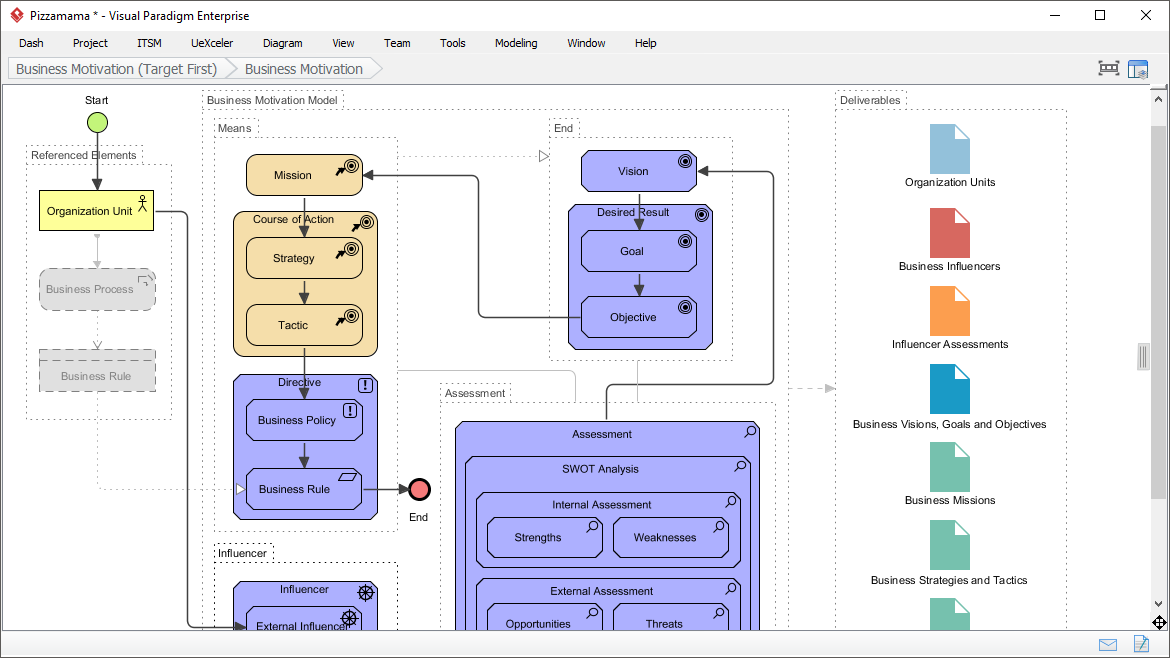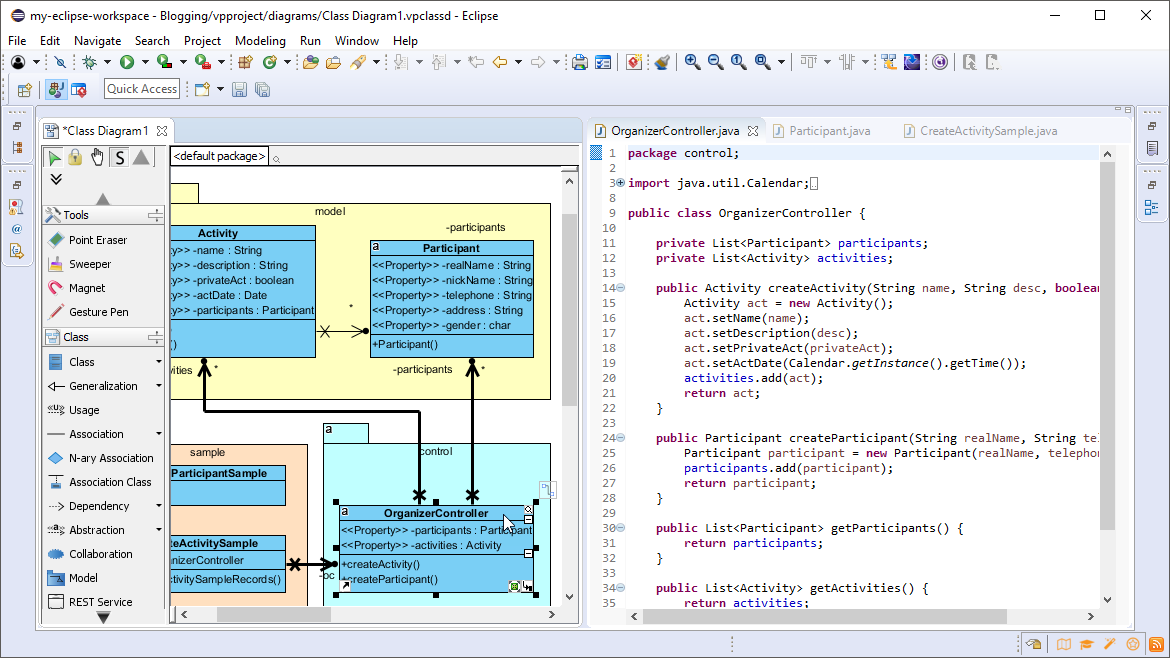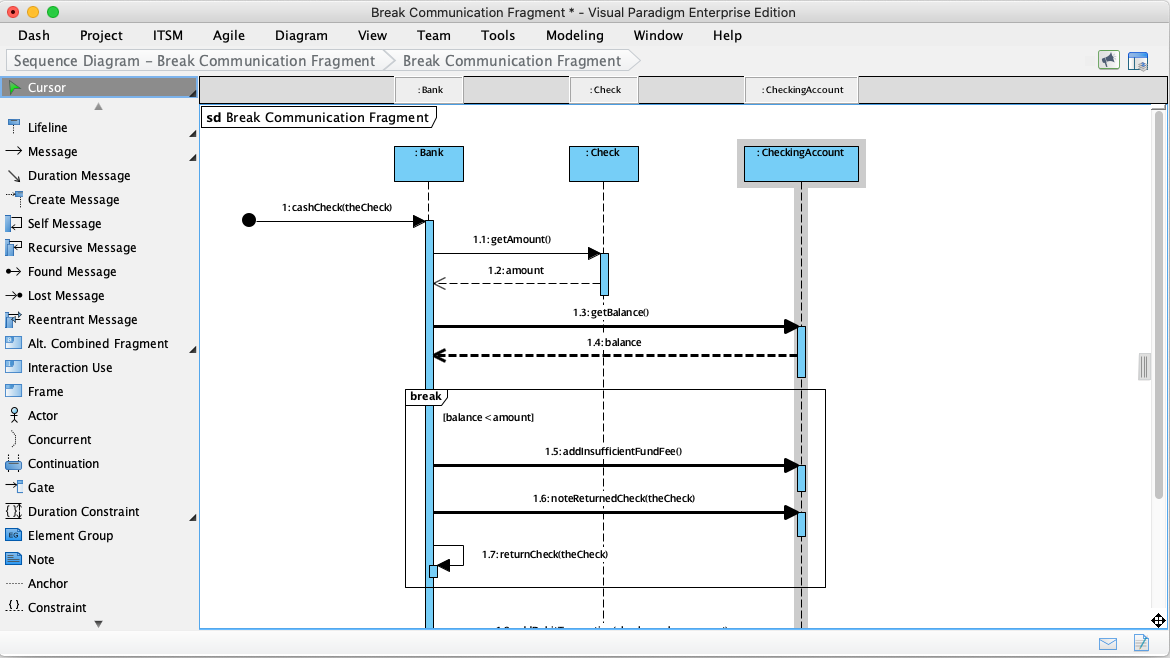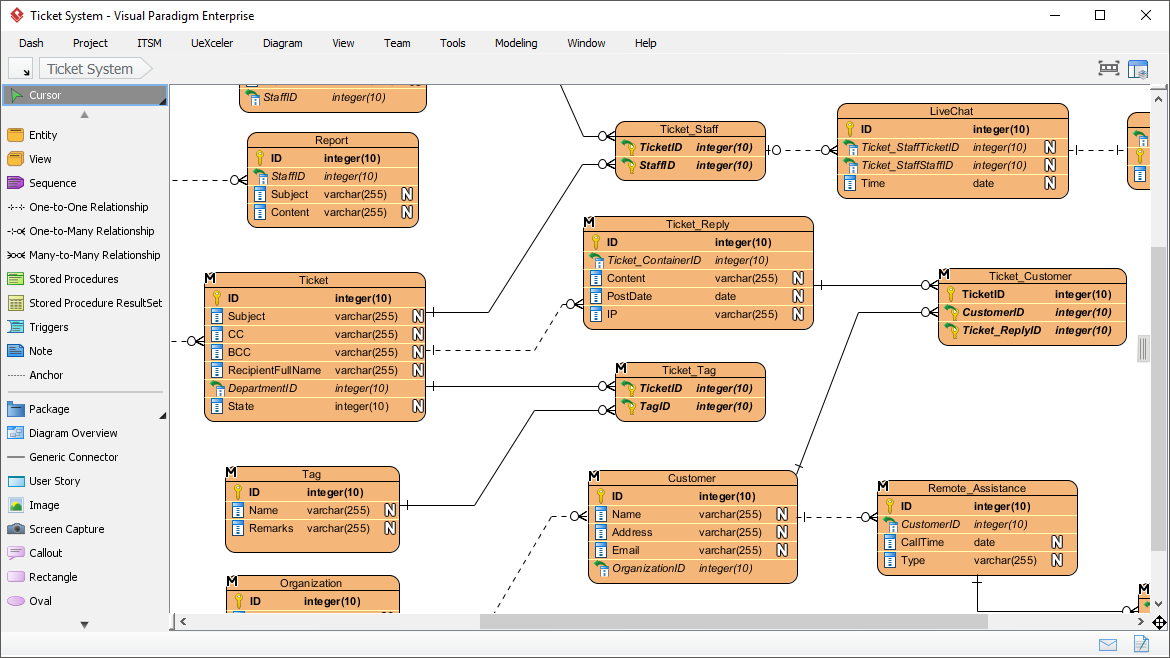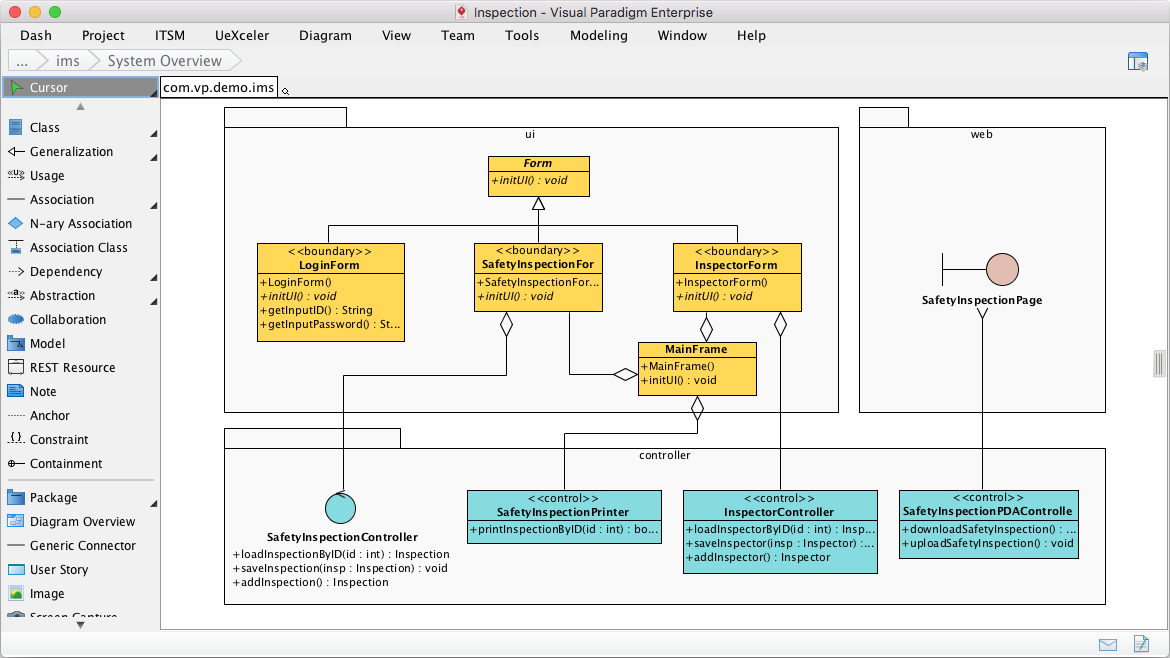Unlock Your Business Potential with Visual Paradigm’s Business Motivation Modeling Tool
In the ever-evolving landscape of enterprise architecture, staying ahead of the game requires a structured approach to developing, communicating, and managing business plans. This is where the Business Motivation Model (BMM) steps in as your guiding light, and Visual Paradigm as your trusted partner. Welcome to a new era of strategic planning and business motivation modeling with Visual Paradigm! What is the Business Motivation Model (BMM)? The Business Motivation Model is more than just a model; it's a comprehensive framework that empowers organizations to: 1. Identify Motivational Factors: Understand what drives your business…continue reading →

